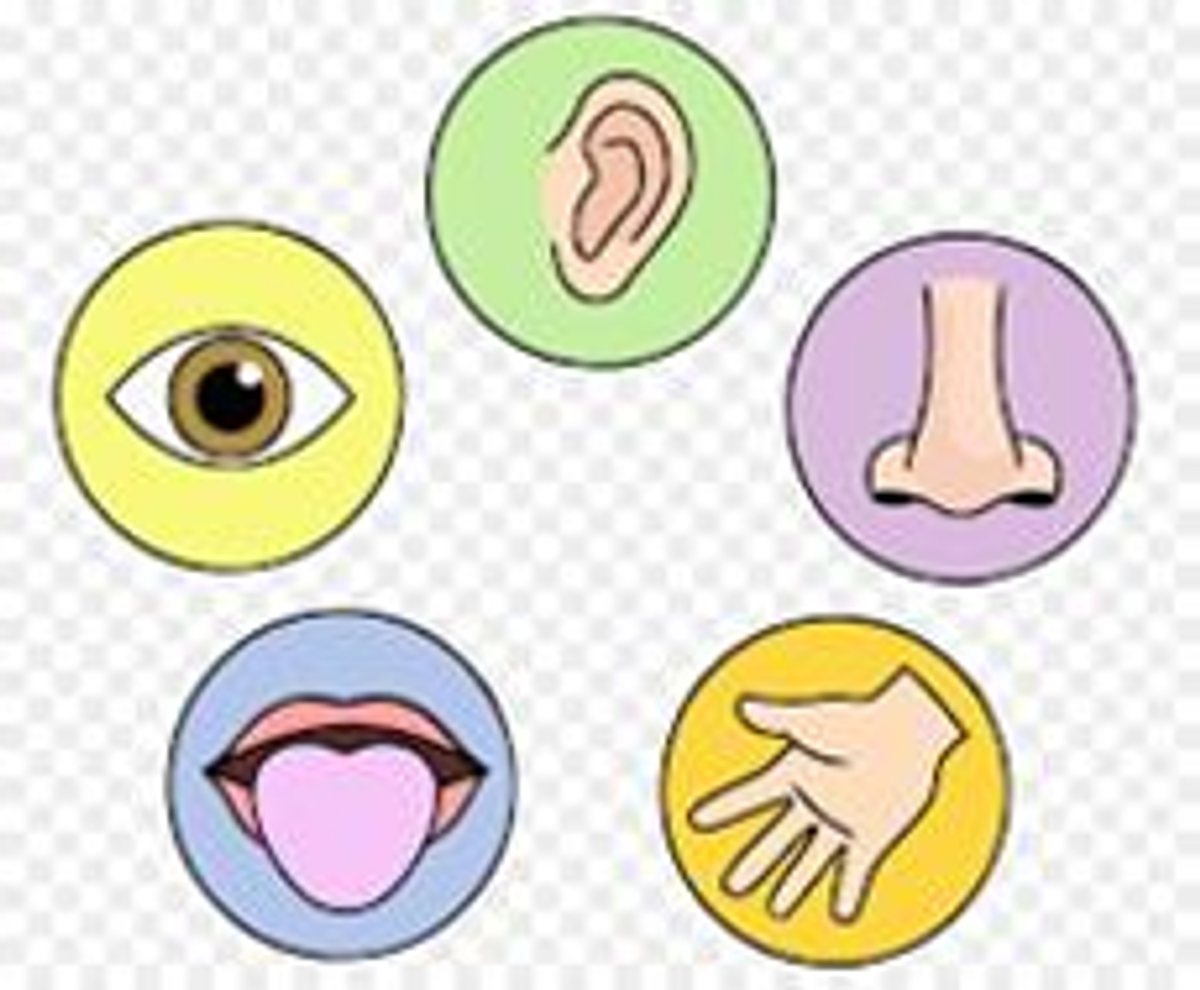Wellbeing

The four functions of behaviour: Understanding your child’s actions
All behaviours occur for a reason. To understand the purpose for a child's behaviours, as well as to encourage positive actions and discourage problem habits, we first must understand the four functions of behaviour.
The predominant four functions of behaviour are attention, escape, access to tangibles and sensory needs. These four functions allow us to understand and categorise someone’s actions, as well as determine why behaviours occur. All actions can be attributed to one of these four functions of behaviour.
1. Attention
The first function of behaviour is attention. Attention-seeking behaviour occurs when someone desires feedback or a response from another person. Crying and throwing tantrums are great examples of childhood attention-seeking habits. To discourage attention-seeking behaviour, the key is to ignore problem behaviours as this demonstrates that negative behaviours won't be rewarded. Attention seekers may settle for any type of attention, whether positive or negative.
Examples of attention include:
- Praise, such as cheering and words of affirmation
- Scolding, saying no, or moving a child’s hand away
- Redirecting your attention to your child
- Showing disappointment or frustration with facial expressions and body language
Escape
Escape behaviours typically occur when a learner wants to avoid or “escape” doing something. For example, if a child does not want to complete a puzzle or read a book, she or he may run away to avoid the instructional activity. Token systems can be effective in treating escape behaviours since this structure allows for designated time for both play and instruction.
Access To Tangibles
Access to tangibles is somewhat self-explanatory, but it is also very important. Children may engage in certain behaviours because they are looking to gain access to something. For example, wanting a cookie. That cookie is a strong reinforcement for the child, so he or she will engage in interfering behaviours to get the cookie. While it is acceptable to reinforce your child’s positive behaviours with tangibles, remember that this is a function of behaviour. Keep in mind that access-related behaviours occur surrounding items the child can’t access independently.
When trying to access a tangible reward, a child may:
- Beg
- Scream, cry, or throw a tantrum
- Hit or bite
- Grab the item away from someone else
Sensory Stimulation
Sensory stimulation (also known as sensory needs) is the final function of behaviour. Sensory stimulation occurs when children want to experience a pleasant sensation or replace discomfort. Children may also seek stimulation to sensitise or desensitise, depending on their sensory needs.
Sensory stimulation can manifest itself in several ways, such as:
- Jumping
- Skipping
- Hand-flapping
- Tapping feet
- Rocking back and forth
A behaviour occurs for a reason. Learning the four functions of behaviour will help you to understand a child’s motivation behind actions or behaviours at home.
Brittany Taylor
School Psychologist




